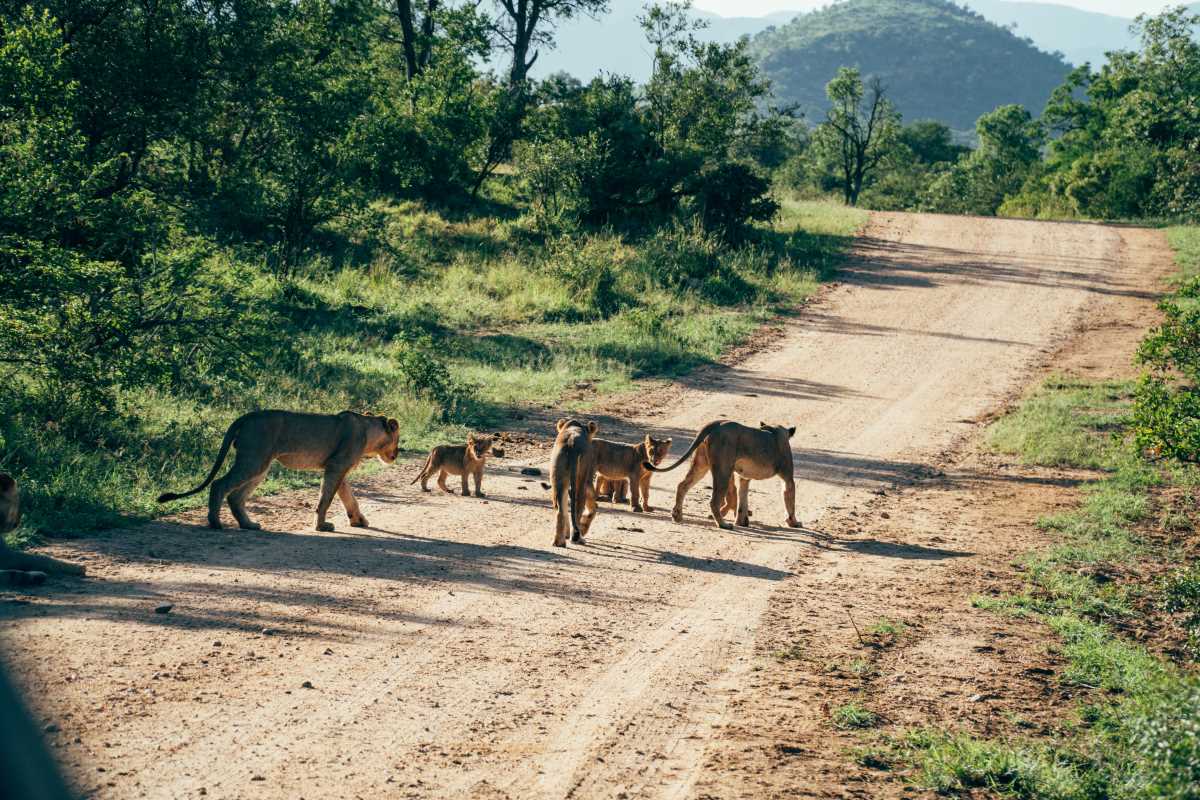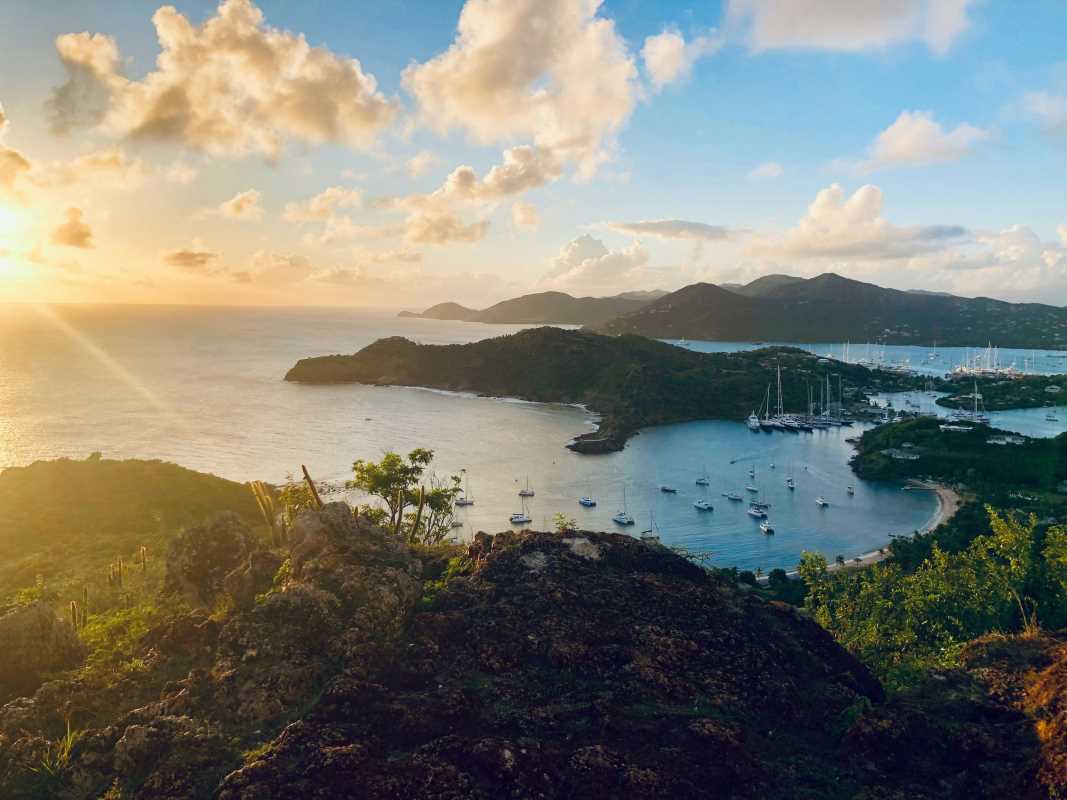Golden grasses sway beside shifting dunes, setting the stage for unforgettable moments with wildlife. Spotting a lioness stalking her prey or glimpsing a leopard draped across a tree branch sparks excitement and curiosity. These vibrant landscapes burst with animal activity, where every subtle movement hints at the presence of elusive big cats. Across the sweeping plains of East Africa and within the lush, tangled forests of Asia, travelers gain rare insight into the daily lives and habits of these remarkable felines. Experience wildlife safaris that reveal nature’s captivating drama and transform each outing into a memorable encounter with the wild.
Learn New Perspectives on the Big Cat Realm
Imagine witnessing a tigress teaching her cubs to stalk in the undergrowth while sunlight filters through towering sal trees. Picture a cheetah sprinting across the horizon at lightning speed, muscles rippling beneath its spotted coat. These scenes go beyond simple observation; they connect you directly with the rhythms of the animal kingdom. Each encounter challenges assumptions, revealing subtleties of social structure, hunting strategies, and habitat relationships that textbooks rarely convey.
Beyond the thrill, these excursions cultivate deep respect for ecosystems. You will learn how mixed herbivore herds signal predator presence, how early-morning silence sharpens your senses to distant calls, and how guides read spoor like ancient languages. These fresh angles turn every moment into an opportunity for insight, nurturing a genuine bond between visitor and wilderness.
Organize Safaris for Memorable Cat Sightings
- Serengeti National Park – Tanzania
- Known for the Great Migration and diverse big cat populations.
- Cost: ~$600 per vehicle/day (includes park fees + guide).
- Highlights:
- Dawn drives to see lion prides emerging from dens.
- Camps near Grumeti River for leopard sightings under acacia trees.
- Insider Tip: Ask guides to track hyena clusters at night—they often indicate lion territories.
- Maasai Mara Reserve – Kenya
- Mosaic of savanna and riverine forest, rich in lions, cheetahs, and leopards.
- Cost: ~$1,200 per person for a 4-day package (lodging + game drives).
- Highlights:
- November mornings along Talek River for cheetah hunts.
- Twice-daily game drives and tented camp stays.
- Insider Tip: Join Maasai trackers for dusk walks to follow spoor and hear predator stories.
- Okavango Delta – Botswana
- Inland delta with mokoro (canoe) trips and 4x4 safaris.
- Cost: ~$700 per night (full board, private concessions allow night drives).
- Highlights:
- High-water season (July–October) boosts leopard sightings.
- Floodplain and island exploration.
- Insider Tip: Book water campsites to hear hippo grunts echoing with lion roars at night.
- South Luangwa National Park – Zambia
- Birthplace of the walking safari, famed for leopards and lions.
- Cost: ~$3,500 for 7-night walking/drive packages (guide, porters, park fees).
- Highlights:
- Early morning foot safaris reveal stalking cats.
- Riverine habitats dense with predators.
- Insider Tip: Request a private walking team and use silent binoculars to catch leopard eye reflections.
- Kanha Tiger Reserve – India
- Central Indian forest reserve protecting tiger cub habitats.
- Cost: ~$25 per person per jeep safari (+ park fees).
- Highlights:
- Late-afternoon tiger sightings near water bodies.
- Mukki zone for quieter, better tracking experiences.
- Insider Tip: Book early morning drives from Sarai rest house to follow veteran trackers.
- Yala National Park – Sri Lanka
- Coastal park with one of the highest leopard densities worldwide.
- Cost: ~$80 per half-day jeep tour with naturalist guide.
- Highlights:
- Dawn sightings near Palatupana lagoon.
- Scrub forests and coastal ecosystems.
- Insider Tip: Stay in eco-lodges outside park gates for pre-sunrise access.
Each of these trips shows how combining location knowledge, experienced guides, and precise timing can turn a sighting from luck into almost certain. Reserve well in advance to secure access during peak viewing months and combine walks or boat rides with 4x4 drives for different perspectives.
Necessary Gear for Big Cat Adventures
Preparing a suitable kit guarantees readiness when a lioness pauses within fifty meters or a tiger slips through tall grass. Use binoculars with 8×42 magnification, known for sharp clarity and broad views. Pair this with a fast-focusing telephoto lens—ideally 100–400mm—to capture fleeting expressions without disturbing the animal’s space.
Wear durable, moisture-wicking clothing in earth tones to blend into surroundings, and protect your feet with sturdy hiking boots that support ankles on uneven terrain. Don’t forget noise-isolating headphones to review guide notes between drives, and a reliable GPS waypoint device loaded with park boundary data. These choices lead to more immersive and informed wildlife encounters.
Plan Your Timing for Prime Encounters
Visit during dry or post-monsoon months, when prey gathers and trails clear, to maximize big cat sightings. Aligning trips with new moons also increases chances of observing nocturnal hunts. With expert guides and careful timing, your journey offers unforgettable encounters and lasting memories of these iconic predators in the wild.
 (Image via
(Image via





